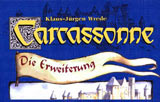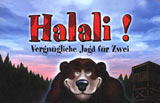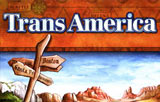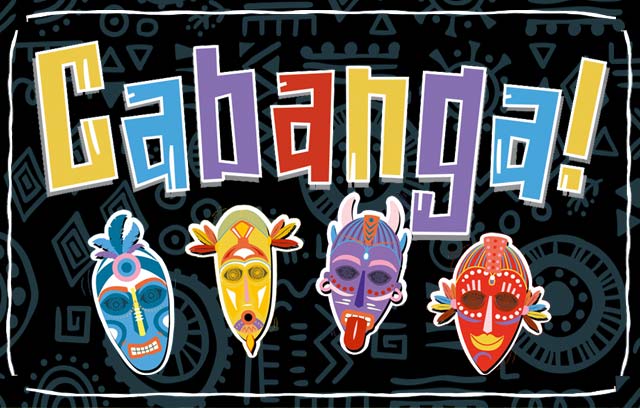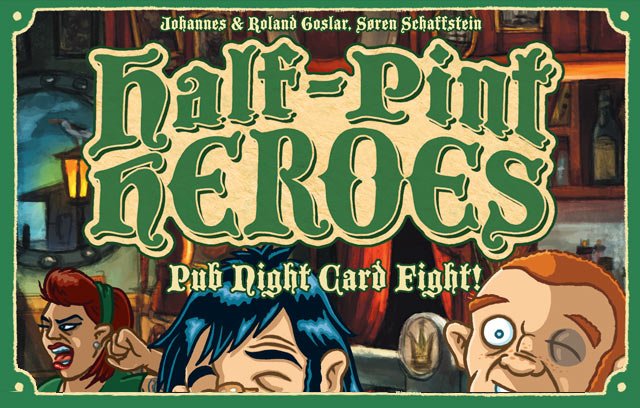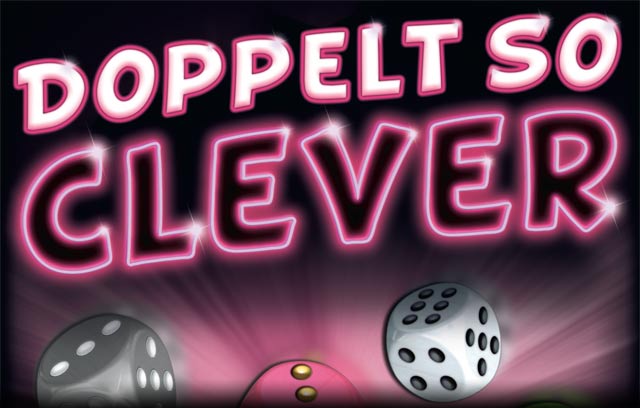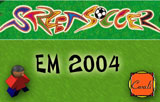Carcassonne
Das Spiel des Jahres 2001
Carcassonne is probably the biggest hit on the game market since "Siedler von Catan". The game consists of 72 carts on which city, street and meadow parts are depicted. The player who is at the turn draws a box and attaches it to fit. He can then put one of his play figures on the laid box. You can put on a city, a street, a meadow or a monastery. Each inserted figure then gives points as soon as the associated component is finished.
Thanks to the variable field of play, after more than 100 games, you can meet new game situations again and again. The game is as fascinating as the fourth or fifth. The game is very liquid. No player has to wait a long time until he's back in line.
Hilfe zu den Regeln von Carcassonne und eine Anleitung zur Nutzung des Spiels findest Du hier.

| Verlag | Hans im Glück |
| Autor | Klaus Jürgen Wrede |
| Spieleranzahl | 2-5 |
| Spieldauer | 30 Minuten |
| Spieltyp | strategisches Legespiel |
| Alter | ab 12 |
| Preis | ca. 14 EUR |
| Auszeichnungen | "Spiel des Jahres 2001" |
| Anleitung & Regeln. | |


